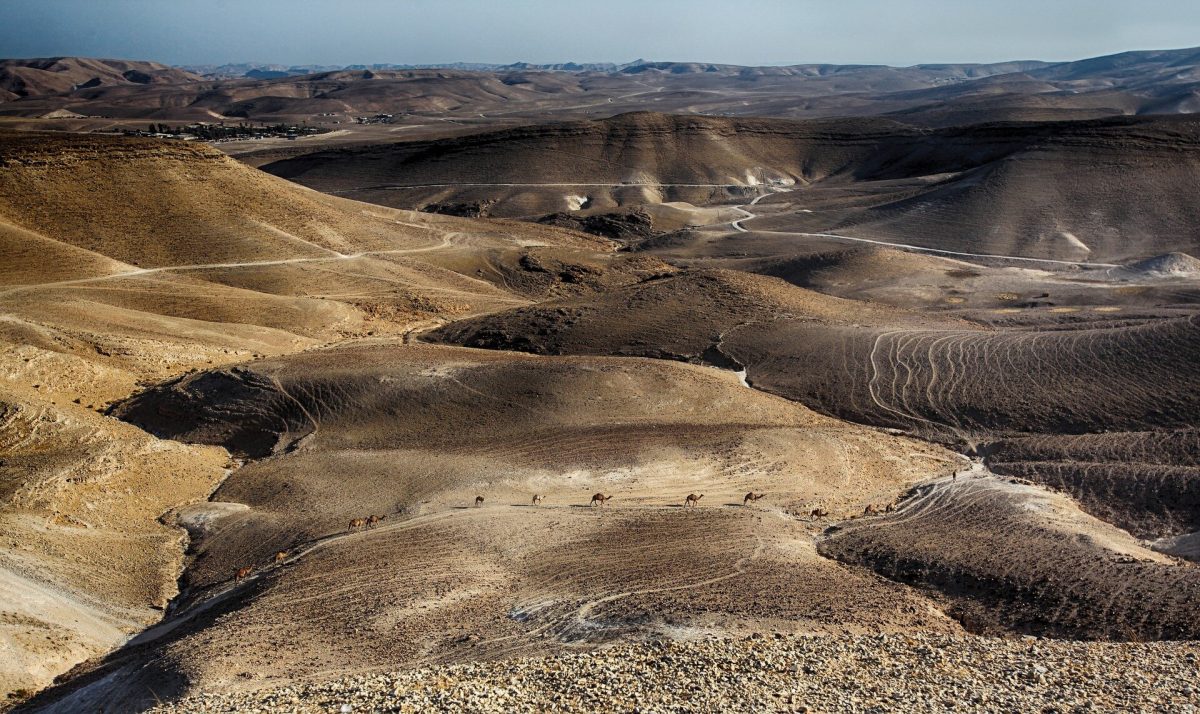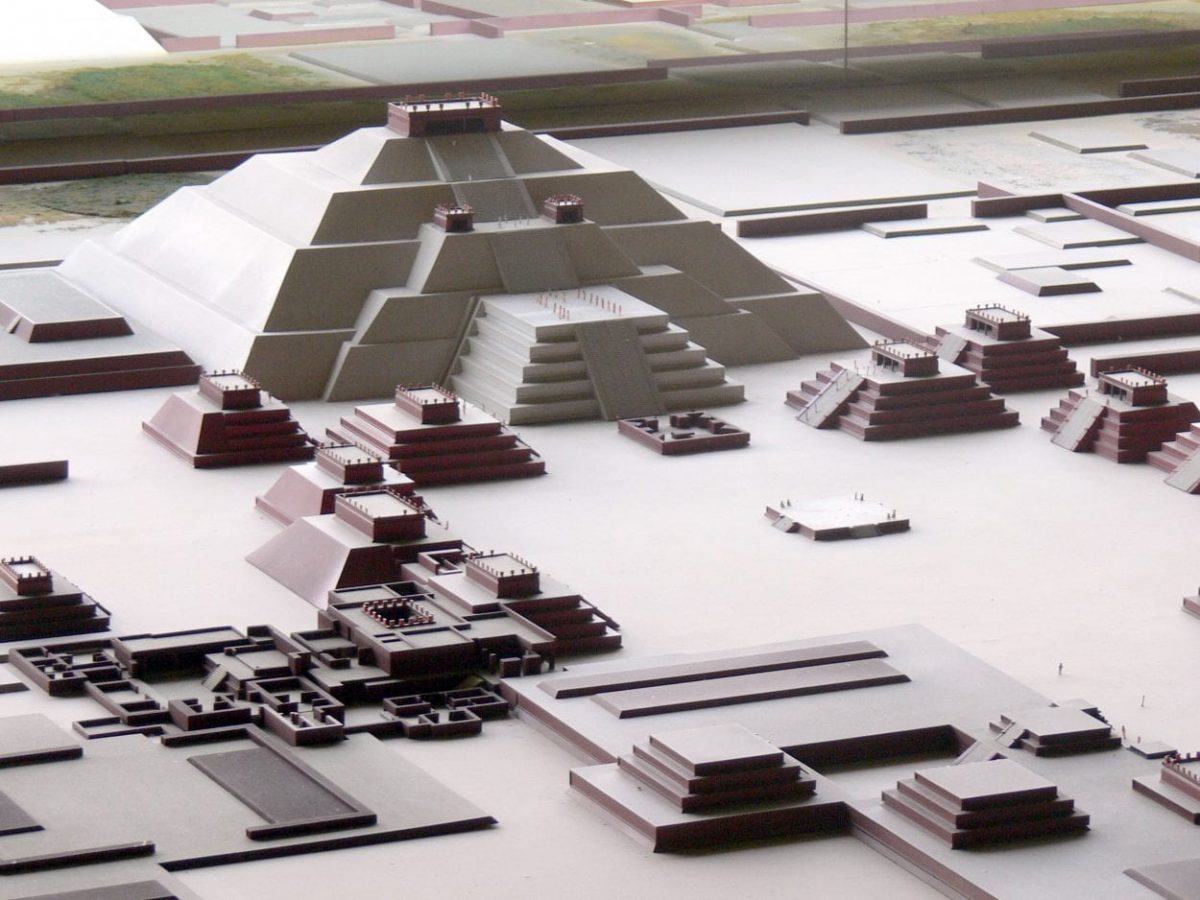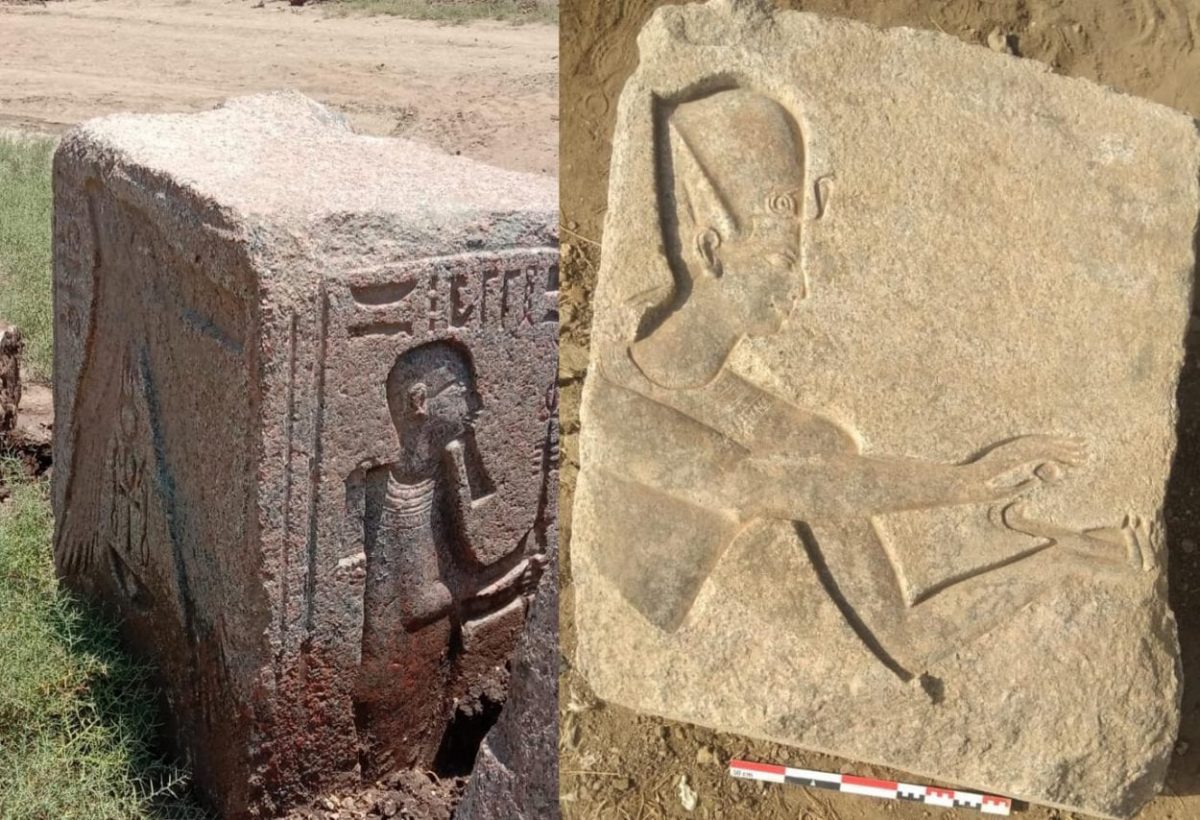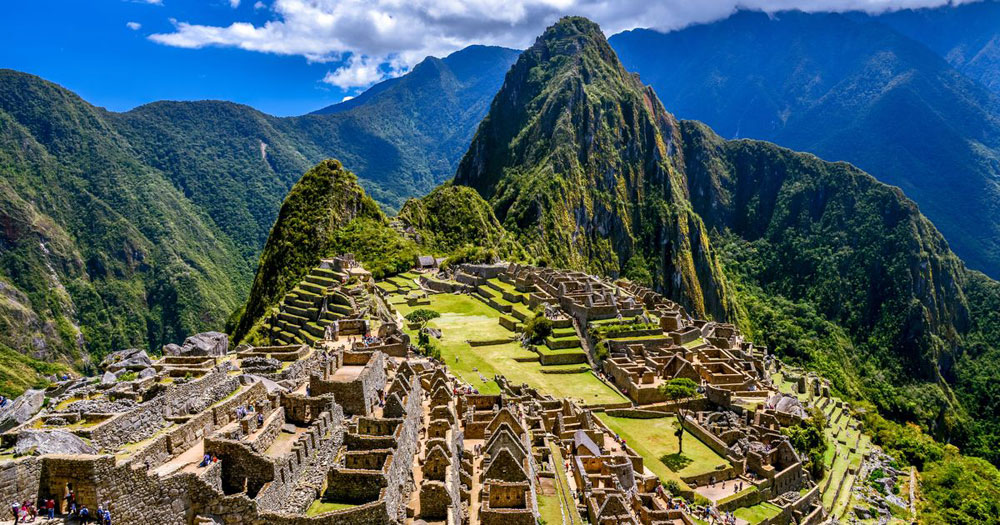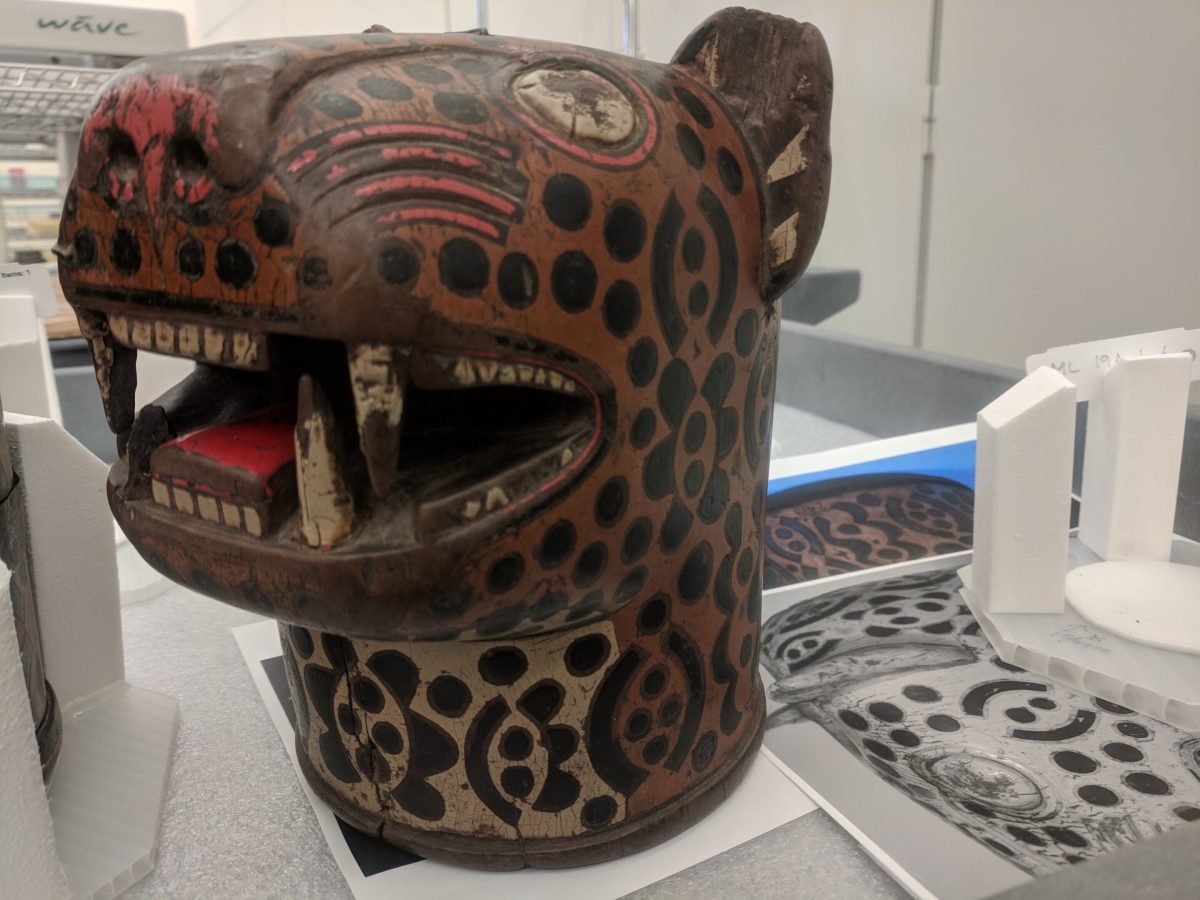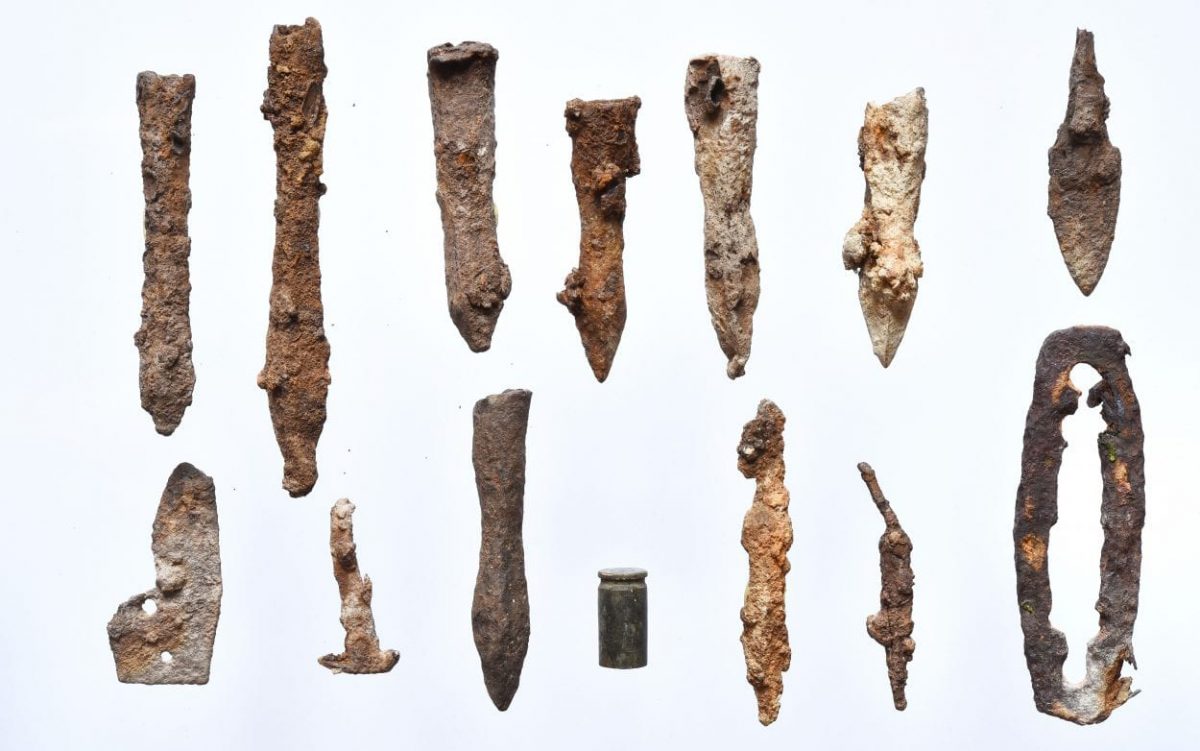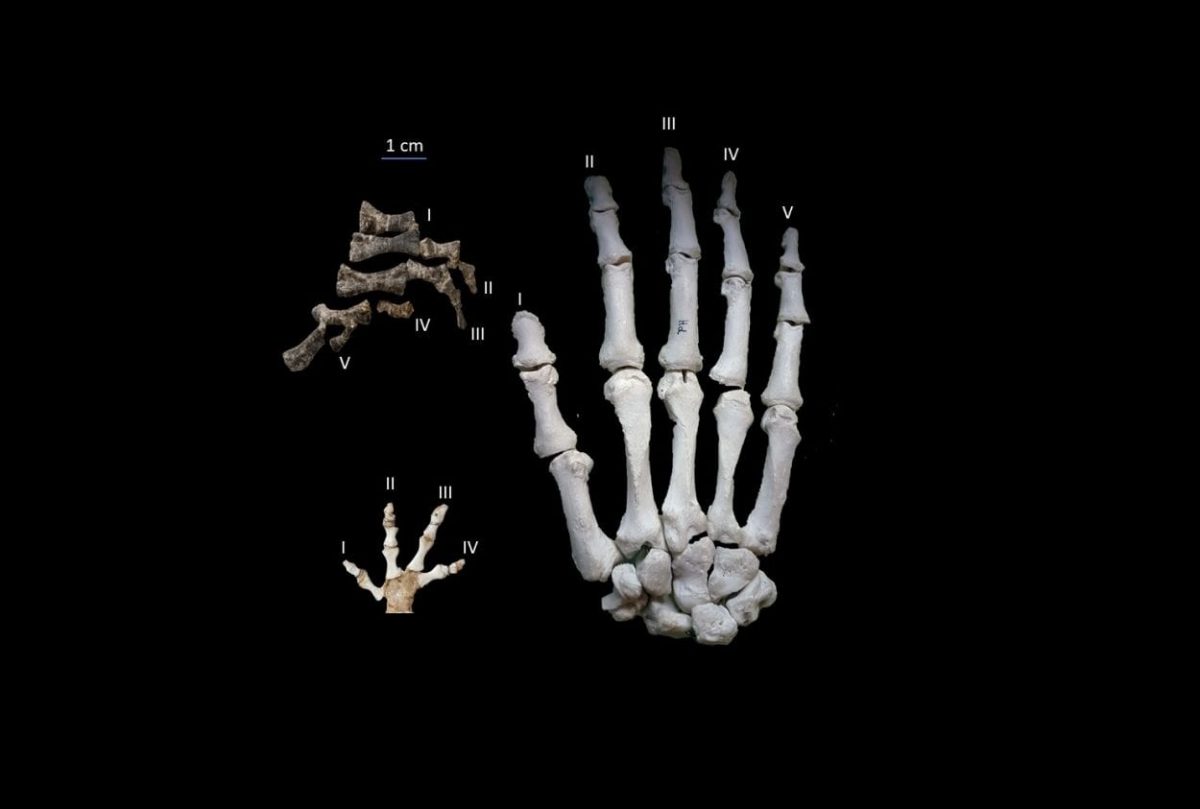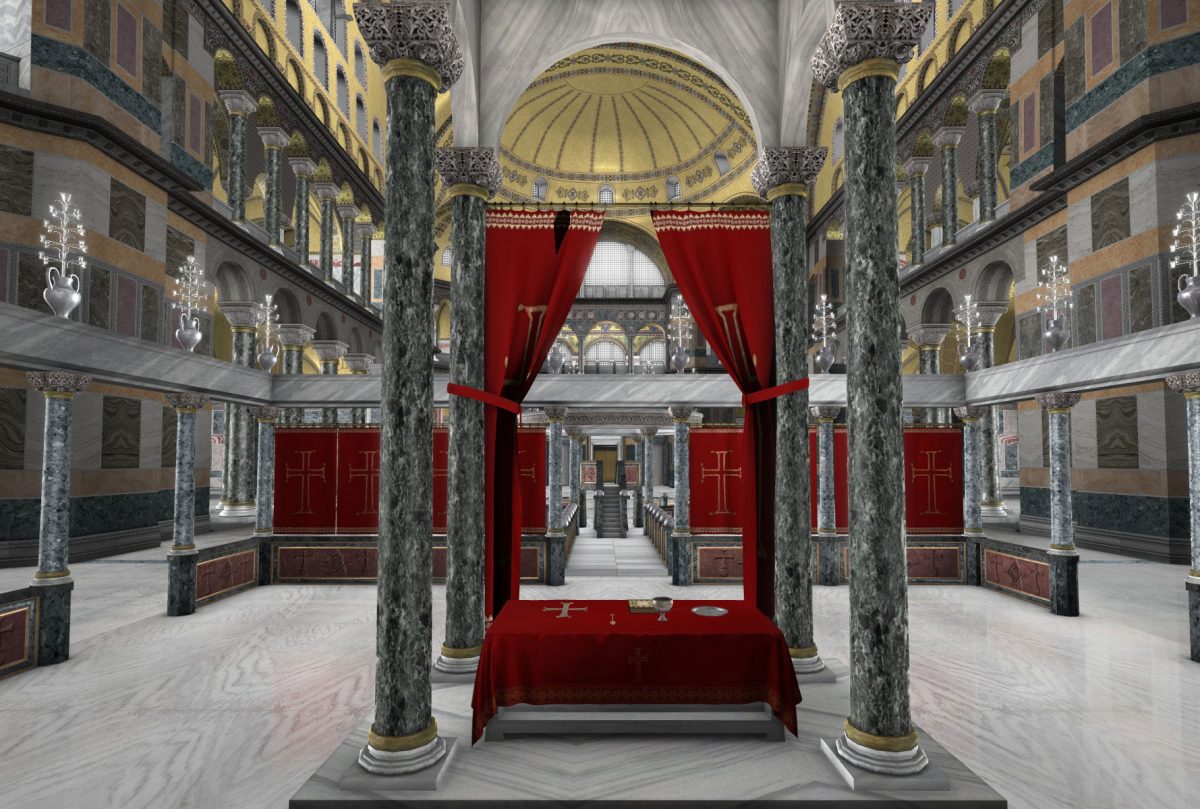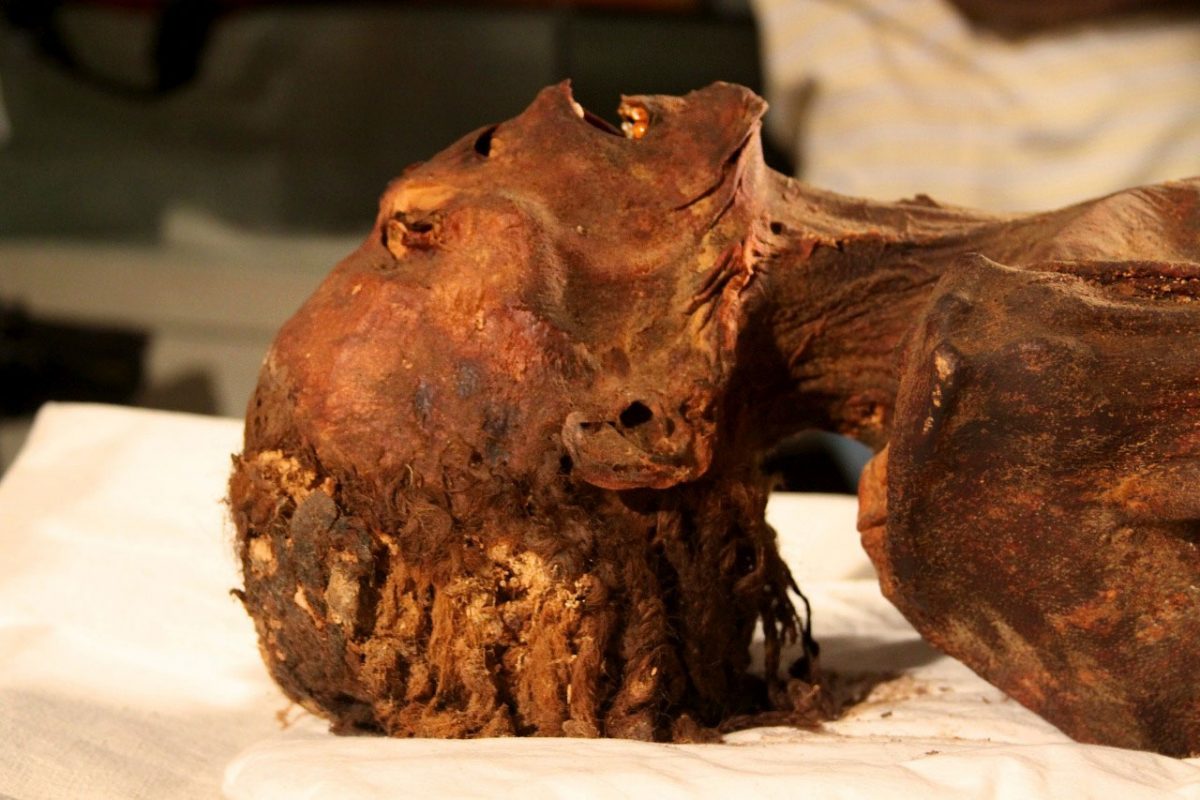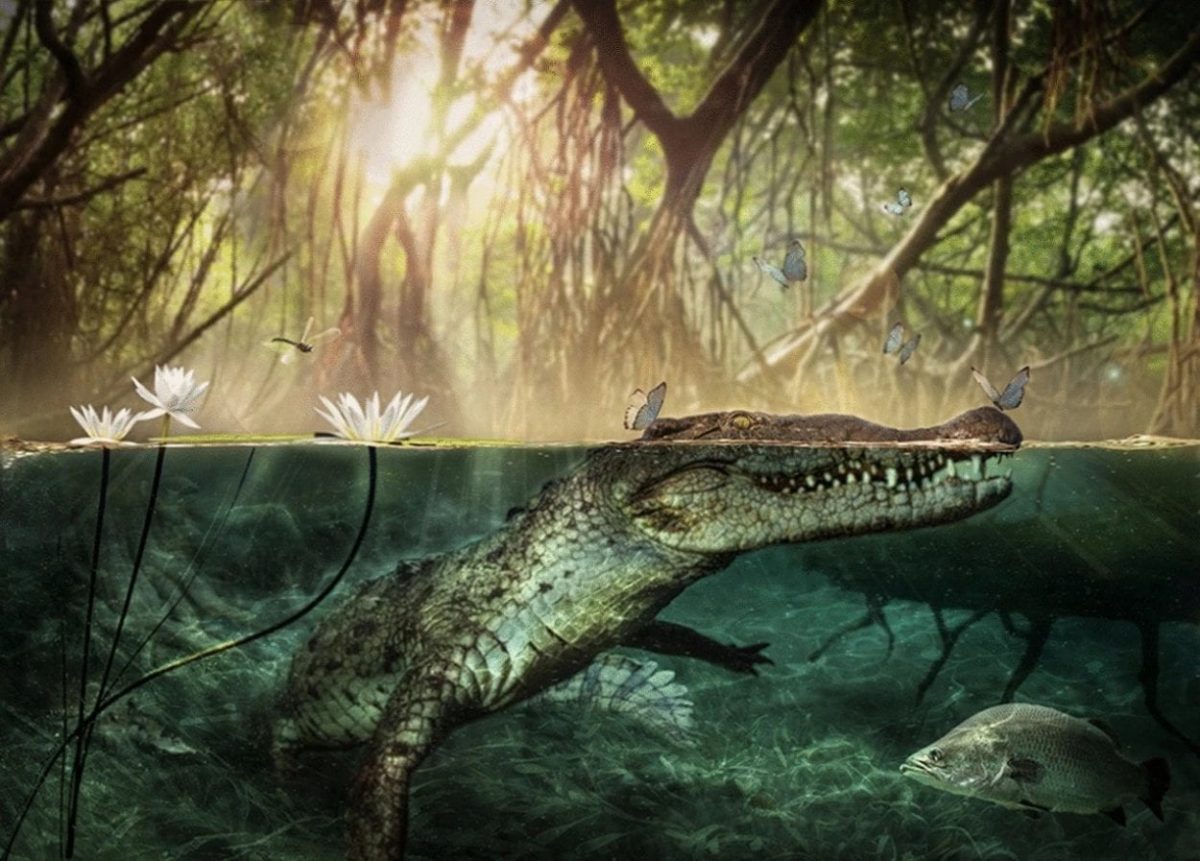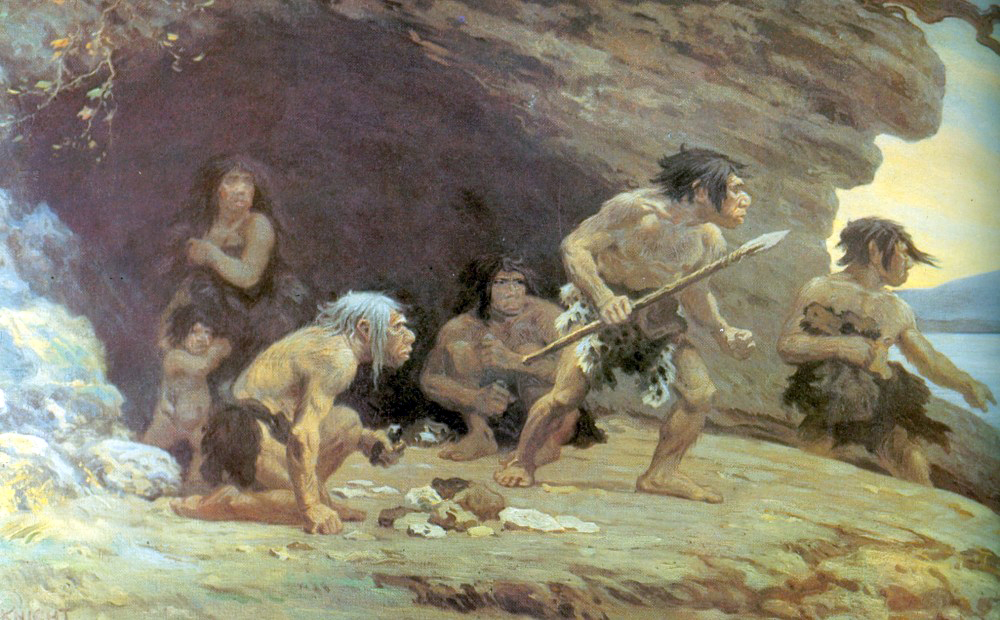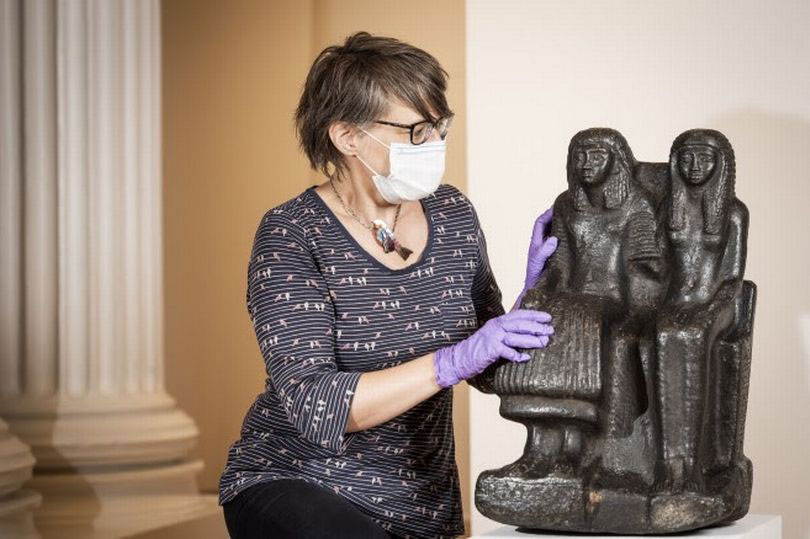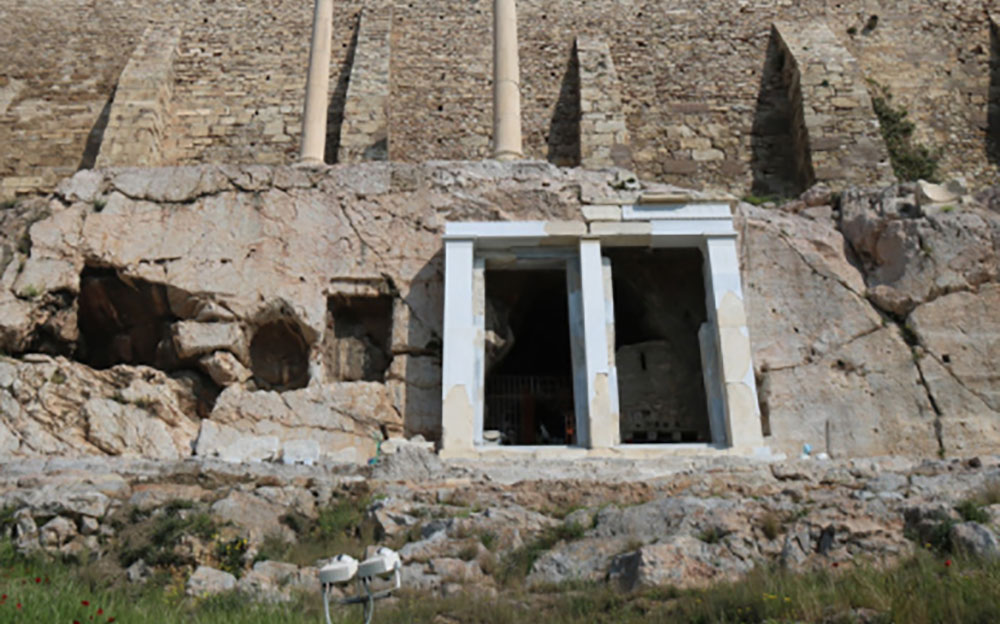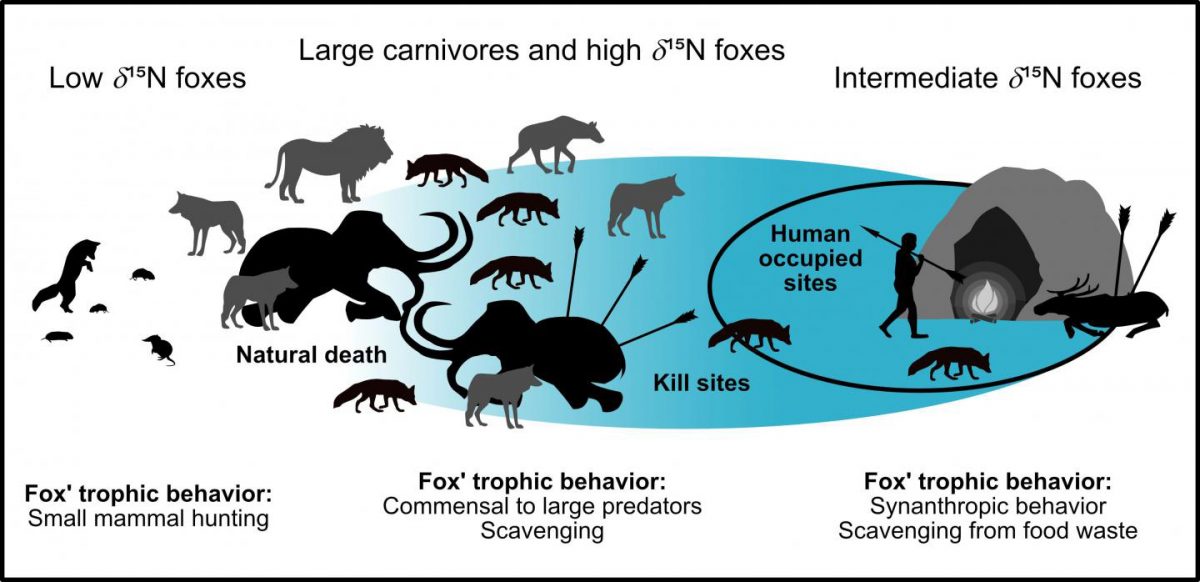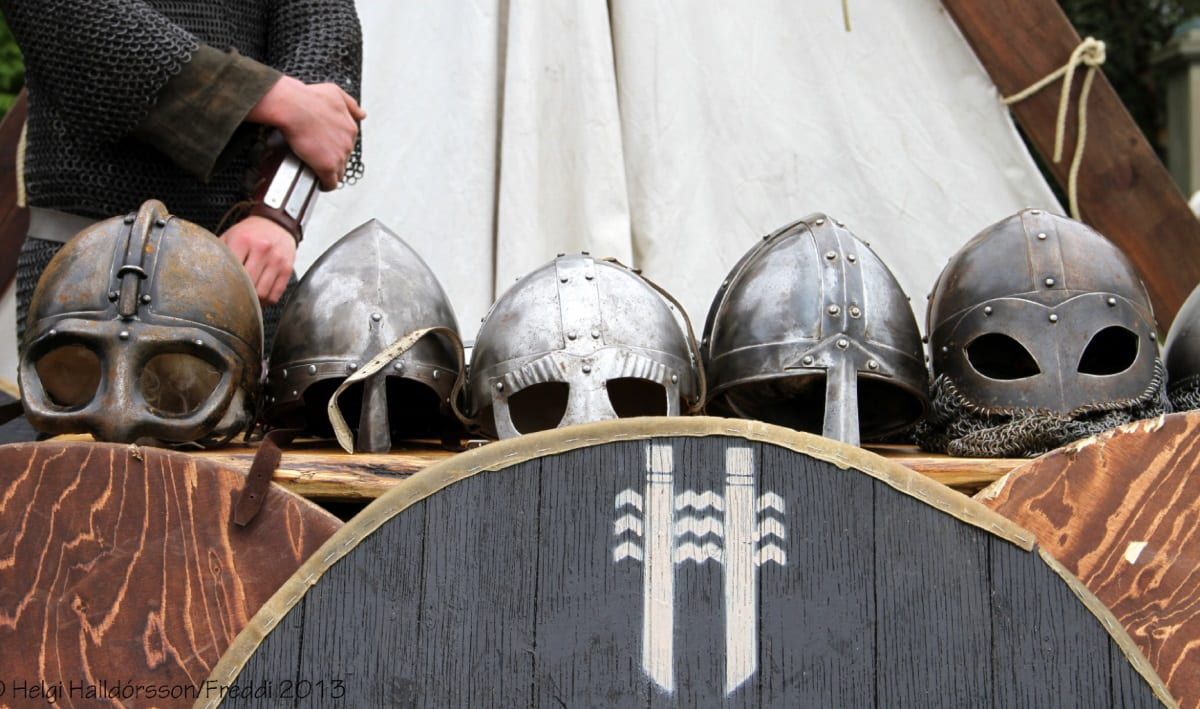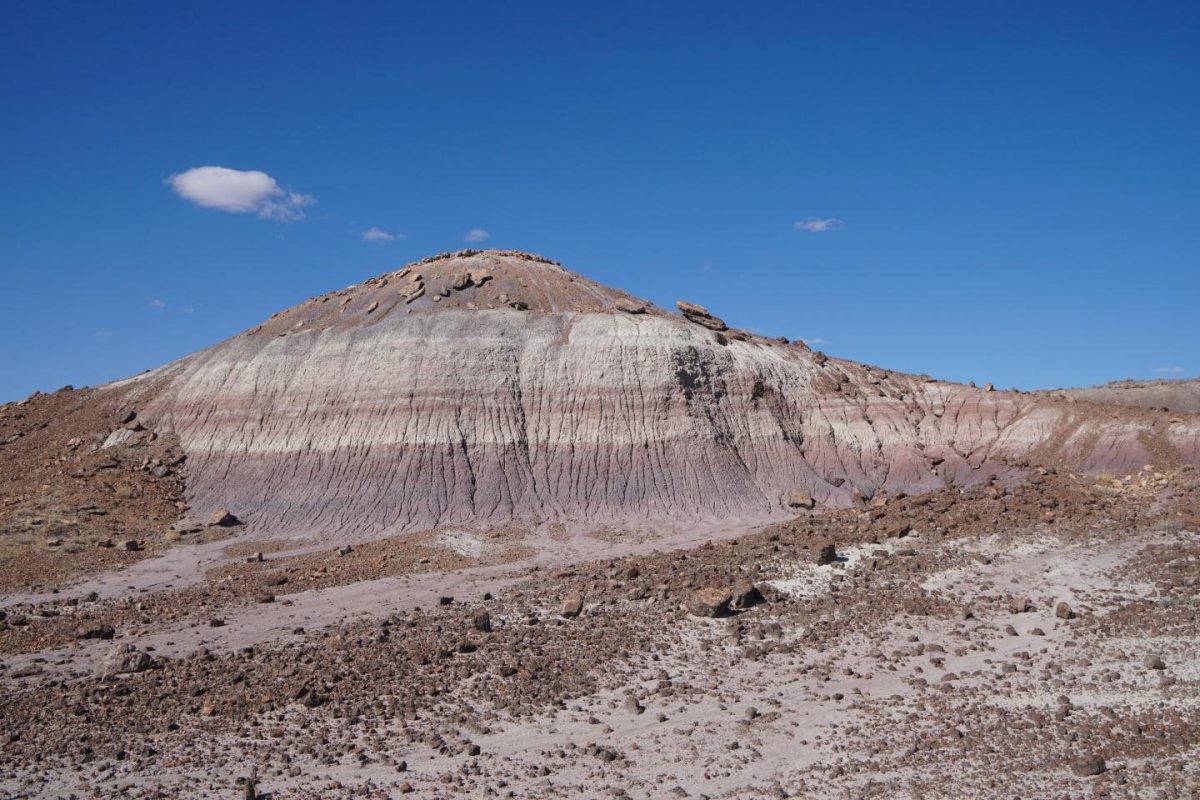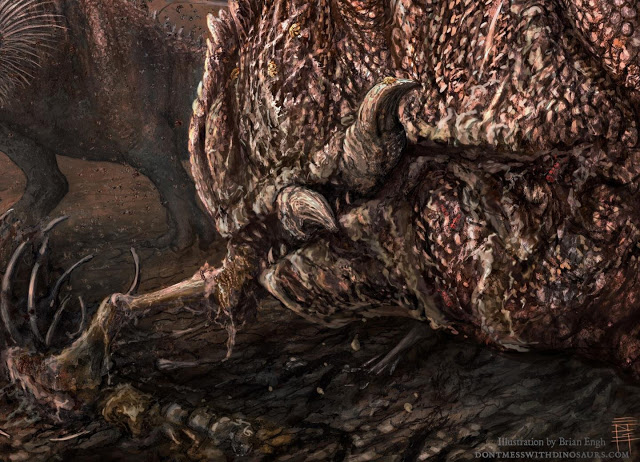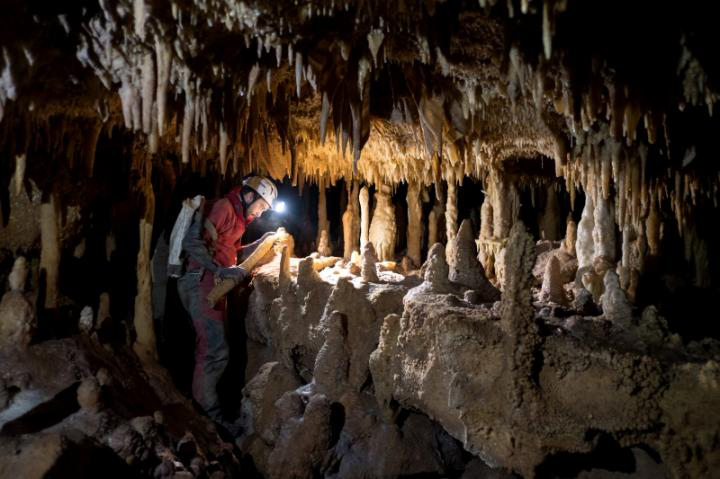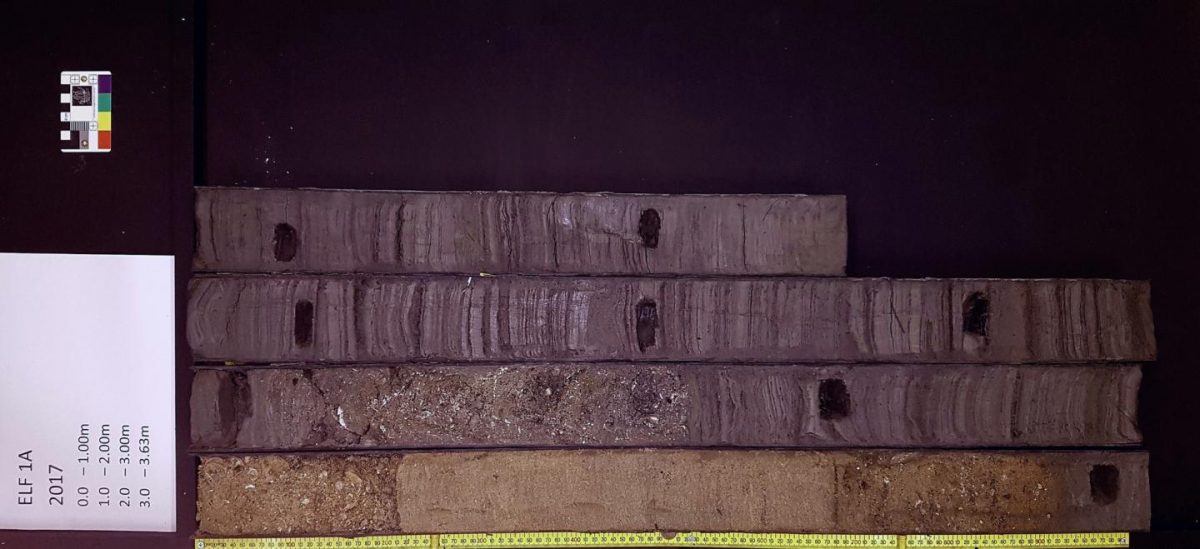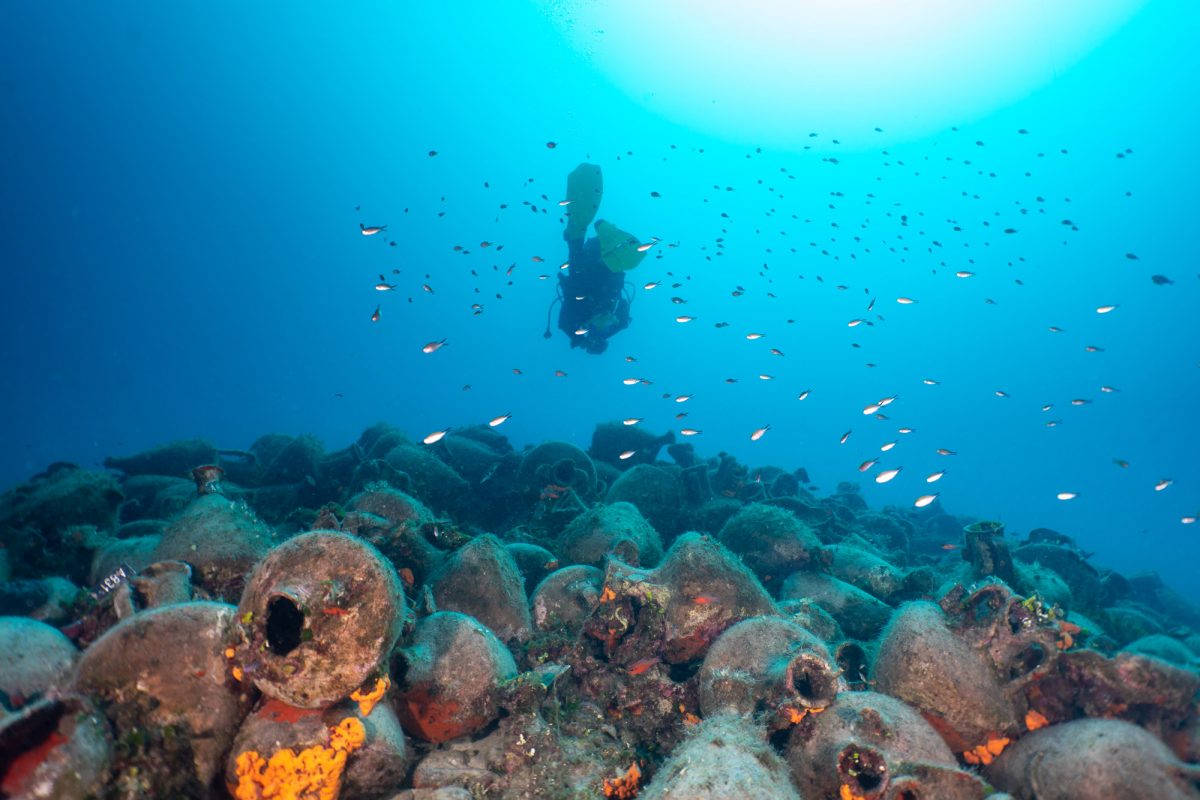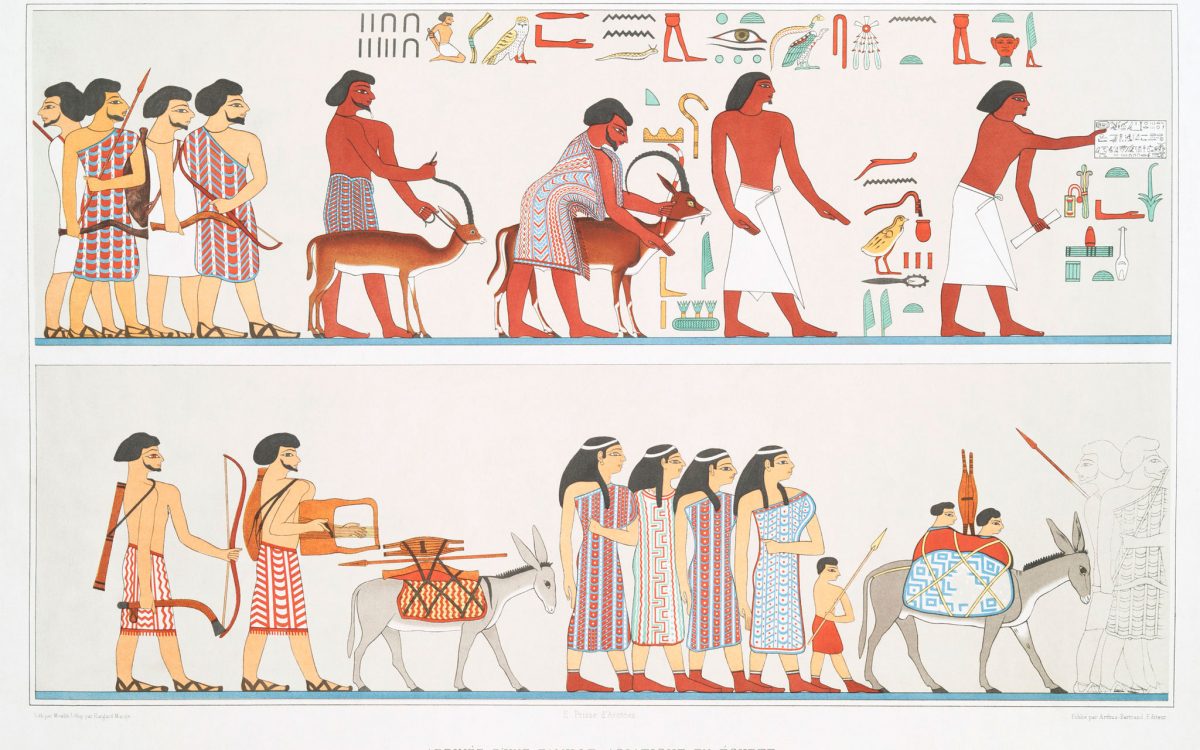Collapse of ancient economy in the grip of plague and climate change
Recently, a team of Israeli archaeologists discovered new and compelling evidence for a significant economic downturn on the fringe of the Byzantine Empire.
Study suggests the Pyramid of the Moon set urban design of Teotihuacan
The Pyramid of the Moon, the second largest structure at the Teotihuacan Archaeological Zone could be the foundation for the urban design of the ancient Mesoamerican city.
Ancient Egyptian embossed blocks of Ramesses II discovered
Archaeologists conducting a rescue project have discovered several embossed stone blocks and statues from the reign of King Ramses II and Egypt’s Coptic era.
Machu Picchu celebrated the anniversary of its discovery without tourists
The authorities had hoped to reopen Machu Picchu but were forced to postpone it amid a continuing increase in the number of Covid-19 cases.
Lead white pigments on Andean drinking vessels provide new historical context
Researchers used isotope measurements of lead white pigments in the decorative patterns on 20 colonial qeros to reveal linkages among vessels that were unknown previously.
Archaeologists discover several hundred arrows and bolts at fortified site
Archaeologists excavating the fortified settlement of Biala Góra, in northern Poland have discovered several hundred arrowheads and crossbow bolts dating from around the invasion of Casimir the Great in 1340.
Fossil: Wrong number of fingers leads down wrong track
Have you ever wondered why our hands have five fingers? And what about amphibians?
Hagia Sophia: Letter from the FHW to the Ecumenical Patriarchate
"A symbol of intercultural dialogue and interfaith consensus is being used as a means of polarization and division", says the Foundation’s announcement.
Ancient Egyptian princess known as ‘the mummy of the screaming woman’ had died of a heart attack
A CT scan showed that she suffered from atherosclerosis possible to have led to a heart attack.
Ancient African skull sheds light on American crocodile origins
The extinct African crocodile species Crocodylus checchiai may be closely related to American crocodile species alive today.
Inherited Neandertal ion channel linked to pain sensitivity
Some people have inherited a Neandertal variant of a gene that encodes an ion channel that initiates the sensation of pain.
Statue of Egyptian couple heads for Leicester’s Ancient Egypt collection
Put for sale after Thomas Cooks collapse, the city was able to raise the £150,000 required to secure the statue for Leicester’s museums.
Raphael may have died of a “coronavirus related disease”
The new study is co-authored by historian of medicine Michele Augusto Riva with three fellow researchers from Bicocca University, Milan.
New Attic Inscriptions Online
Including photos of monuments with decrees honoring ephebes and entries for the choregic monuments of Nikias and Thrasyllos.
Foxes have been eating humans’ leftovers for 42,000 years
Ancient fox diets might be good indicators of human impact on past ecosystems.
Archaeologists search for lost Viking cemetery
Archaeologists are searching for a lost Viking cemetery at the Truso Viking settlement near Janów in Poland.
Arizona rock core sheds light on Triassic Dark Ages
A rock core from Petrified Forest National Park, Arizona, has given scientists a powerful new tool to understand how catastrophic events shaped Earth’s ecosystems before the rise of the dinosaurs.
New Mygatt-Moore Quarry research leads to prehistoric climate finds
A new study published in PeerJ looks at the insect species who feasted on decaying dinosaurs back in the Jurassic period.
Announcement by the Athens University Senate concerning Hagia Sophia
The University of Athens has a long history in protecting cultural heritage and recently established the Center for Excellence in the Enhancement of Orthodox Heritage and Interreligious Dialogue.
Erdogan: “We are making Hagia Sophia a mosque again”
The first collective Muslim prayers will take place on July 24.
Homo Neanderthaliensis did not become extinct because of climate
Neanderthal groups that lived in the western Mediterranean 42,000 years ago did not become extinct because of changes in climate.
Doggerland: Breakthrough in studying ancient DNA
Thousands of years ago the UK was physically joined to the rest of Europe through an area known as Doggerland...
The underwater museum off Alonissos is opening its aquatic gates this year
From Monday, August 3 to Friday, October 2, 2020, amateur scuba divers and free divers will be able to visit the famous 5th century BC amphorae shipwreck.
Ancient Egypt’s Hyksos might have been immigrants, not invaders, new study claims
An influx of non-locals can be observed in the pre-Hyksos period (12th and 13th Dynasties, c. 1991–1649 BCE), while the number of individuals already born in the Delta is larger during the Hyksos period.
